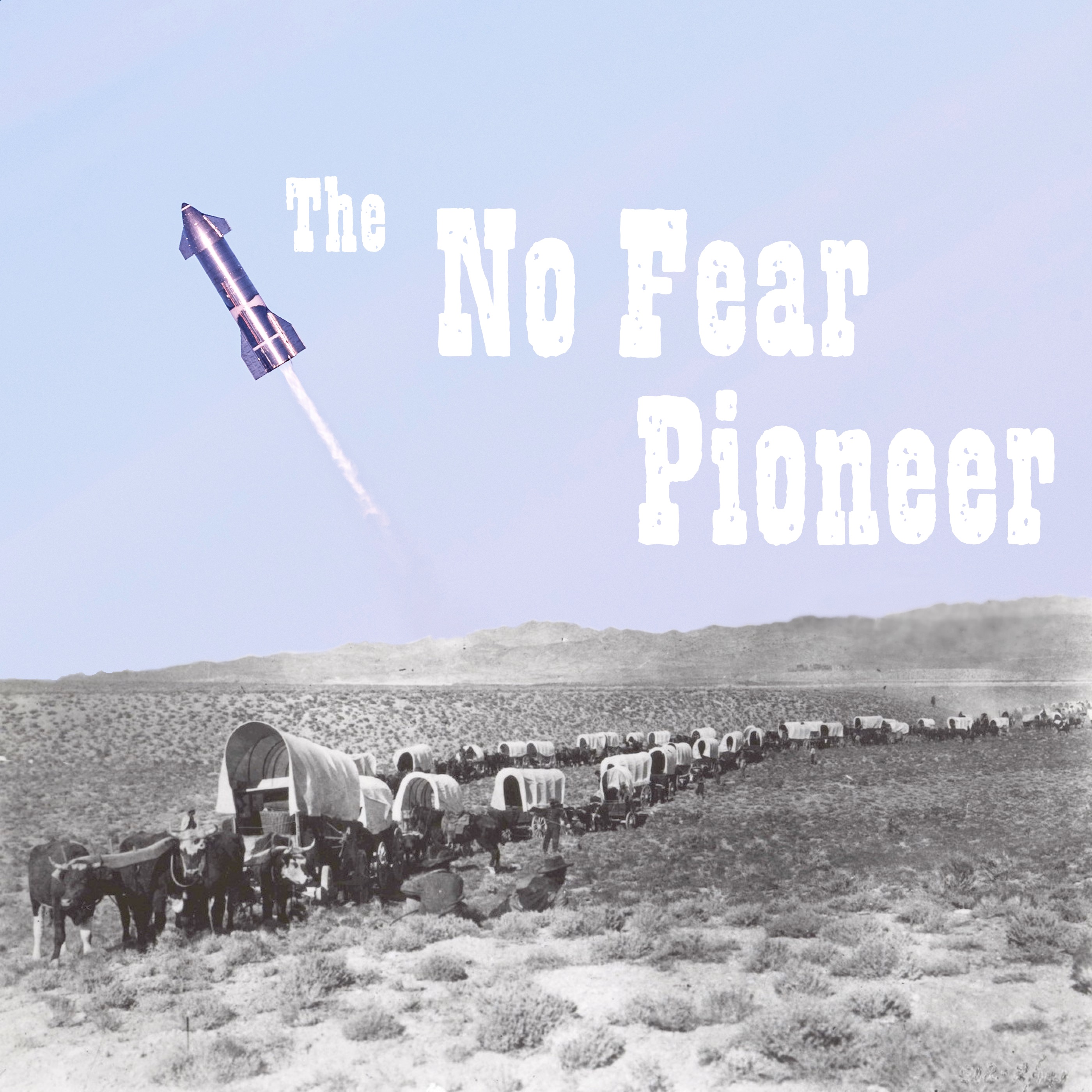Twice so far in my life, I’ve needed to rescue myself from situations of dire gloom. Once after high school — when lost love, the departure of my college-bound friends, and a badly broken relationship to formal education left me to find my bearings entirely alone. And again after the 9/11 jihadist attacks on the United States — when I found myself stranded, dependent, and despondent, with resources nearly depleted, in deeply ideologically hostile territory.
Others have been through far, far worse, and appreciation of that fact has left me with both a profound sense of gratitude and no grudge or complaint about what comparatively little I have endured. But we each have our own pivotal trials that define our journeys here, that at the time seem cataclysmic and world-upending to us. Those were mine. And in the end, the person who rescued me from permanent shipwreck on those shoals and sandbars, from succumbing to the treacherous undercurrents that can drag one down into a whirlpool of despair, was me.
Many people, including addicts who have been through de-tox, will tell you that there is something transformative about hitting bottom — whatever “bottom” may mean to you. You are forced to confront your failings with unflinching honesty, but you also discover with great clarity what you are capable of, in the process of repairing and rebuilding and lifting yourself out. Sometimes you have help. Other times you are left to go it alone. In the latter case in particular, you find out in no uncertain terms what you are made of. You are introduced firsthand to the depth of your own resilience.
Ever since I first learned about the Pioneer, Mariner, Voyager, and Viking missions as a kid, I’ve been fascinated by the idea of unmanned space probes, and the mind-bogglingly meticulous engineering that has to go into them. Imagine for a moment that you are designing and building a machine that you’re going to send to one of our neighbor planets, or to the far reaches of our solar system and beyond. This craft will need to operate reliably, on its own, for years, far from any possibility of repair or human intervention. Once it’s left Earth, you’ll have only radio communication and whatever autonomous smarts and remotely-controllable capabilities and redundancies you’ve built into it, to give you any hope of restoring the craft to proper operation when things go wrong (as Murphy guarantees they almost certainly will). You spend years and large sums of money planning, designing, constructing, and finally launching the craft, and possibly months or years more before it arrives at its first object of interest and can begin gathering information and fulfilling the mission for which it was designed. You may get ample time for preparation, but it’s ultimately followed by one shot at making it all work. An even seemingly small failure in your design or execution can result in curtailment of the mission or potentially catastrophic failure.
Knowing this, you and your team stretch yourselves to do your best thinking. You try to plan for every possible contingency, and allow as best you can for the unexpected. You build redundancies into all critical systems — power, propulsion, communications, shielding — without necessarily being able to foresee all of the circumstances in which those redundancies might need to be called upon. And ultimately, after years of labor, you call the project done and send your creation skyward, assured only that you’ve invested the sum of your knowledge and your highest efforts in its prospects for success.
At the risk of stretching a man-machine analogy, I’ve long thought that this space-age endeavor sheds a remarkably instructive light on our own journeys. Your worst-case scenario in life is that you’re on your own in a crisis, with nothing to ultimately count on beyond your own abilities, resourcefulness, and resilience. If such a scenario should come to pass, you’ll face the most important test of your life: How will you respond? Will it mean the end of the proverbial mission? Or will you regroup, self-repair, and carry on? Oftentimes, with human beings, the obstacles we must overcome lie deep in the complex corridors of our own minds, and the introspective journeys necessary to overcome them are ones that each of us must ultimately make alone. The need for those odysseys never seems like much of a “gift” at the time. But once you’ve made it through to the other side, it’s not uncommon to speak of the challenge from which you just emerged as exactly that. For the “gift” the ordeal left you with is a hard-won distillation of self-knowledge, of a kind that may well see you through still greater challenges in the future. Its result — the capacity for self-rescue — is probably the most valuable ability you’ll ever need to tap into. Quite possibly more than once.
I hope I’ll never again find myself in a place so dark — one that leaves me no choice but to call upon the reserves of inner strength that self-rescue requires. But I now know without any doubt that if I have to, I’m able. What I once might have feared or dreaded, I now look on with calm and steady determination. Because I know that, come what may, I don’t give up — I pause, take a clear-eyed look around, and get to work rebuilding and putting myself back on course.
I suspect that many who look around them today and worry over the same looming storm clouds that trouble me either have been, or are perhaps now, in such a place. Being able to draw upon your deep reserves of resilience — to tap into that diamond-hard core of your sense of self that you know from experience can survive the sound and fury and weather all storms — may well prove essential to navigating a way out of the gloom that sometimes seems poised to envelop all we hold dear.
Leverage that precious ability if you need to. We’ve got places to go, and a future to build.







